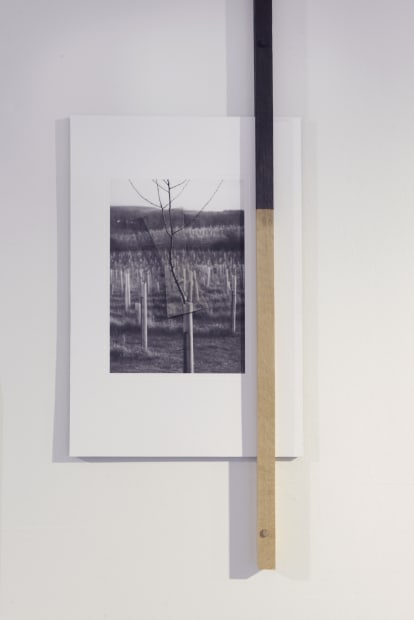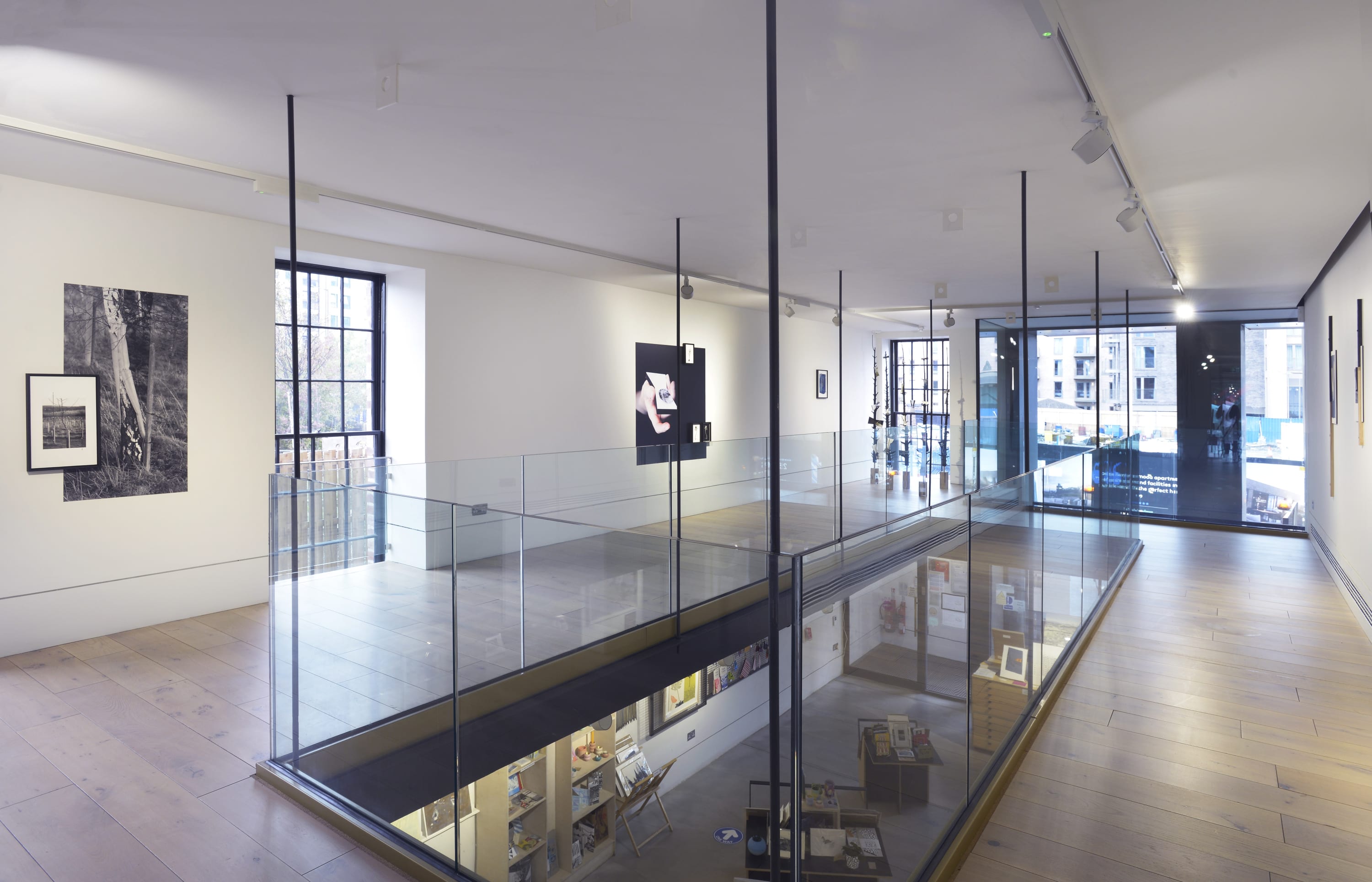As an artist-researcher, Baker's practice investigates the impact of illness and diagnosis on the individual, those they share their lives with, and what it means to be measured and mapped as a clinical experience that focuses on the biological body. Her current work responds to ideas of imperfection, straightness, repair, within the context of illness and disease explored by the artist through metaphors such as the ‘bow’- frequently used in quality wood-working to ‘mend’ fractures that appear in timbers.
" Having spent time in clinical environments, working alongside researchers in medical and life science contexts, I have come to realise the fascination that we, as a species, have with measurement and how it is used to establish a baseline to measure change against. In fact, we seem somewhat obsessed with measurement, possibly as a means to compare, judge, understand, or just to make sense of ourselves and the world around us. Yet, what I have also come to understand it that not all things can be measured or even should be, perhaps we don’t always see the world around us in a way that allows us to appreciate its uniqueness, or permit us to appreciate that ‘so-called’ imperfection can hold value, as it does for some non-western cultures "
-

-

-

-

-

Dr Catherine Baker is an Associate Professor of Interdisciplinary Practice at Birmingham City University (BCU) in the UK. Based at Birmingham School of Art, she founded and co-leads the Material Encounters Research Cluster https://www.bcu.ac.uk/art/research/material-encounters. As an artist/researcher her early PhD work involved working with neuroscientists with whom she shared an interest in the neurobiology of the eye and the perceptual encounter. Her interest in this encounter as a phenomenological consideration remains although since 2010 her research has become more focused on the impact of art practice in clinical contexts. Baker is currently Principal Investigator leading an ambitious multi-partnered interdisciplinary project investigating environment and embodiment, and health/well-being in relation to Adolescent Scoliosis funded by the BSRF. She is currently leading a Special Section for world-leading journal Leonardo with Neuropsychologist Professor Iain Gilchrist on the process of interdisciplinary collaboration across the Arts, Sciences and Humanities.
Concurrent to Catherine Baker’s exhibition in Gallery 2, until the 14th October a selection of artwork produced during a series of workshops will be displayed in the lower corridor of the Edinburgh Printmakers shop, with thanks to Katie Maciver; Jamielee Stevenson; Holly Smith; Philippa Lloyd; Melissa McDermott; Katie Hebden; Anna Maciver; and Martyna Milczarek. The BackBone research project aims to use art as a form of interdisciplinary research practice to measure the impact of Adolescent Idiopathic Scoliosis (AIS) on wellbeing and body perception. The research aims to contribute to a better understanding of alternative treatments towards improving quality of life in young people diagnosed with AIS. As part of the project a series of art workshops were delivered at the Botanics Cottage at the Royal Botanic Gardens Edinburgh. The art workshops explored the aesthetics of imperfection through material investigations that focus on the body as both an object and how it is experienced using the metaphor of tree images. By drawing parallels between the growth patterns of trees that, for complex and often unknown reasons, have grown unexpectedly the team explored questions, with the participants, around ideological notions of perfect growth through art making.












